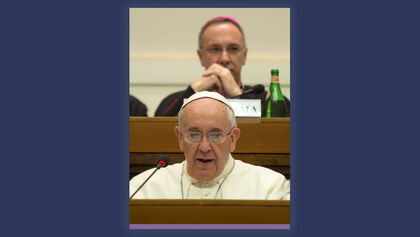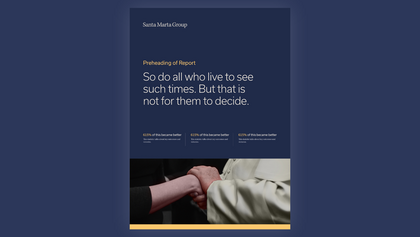Definition of human trafficking

The Santa Marta Group uses the definition of human trafficking set out in the Palermo Protocol of the UN Convention against Transnational Organized Crime.
The Convention was adopted by General Assembly resolution 55/25 on 15 November 2000. The Convention is further supplemented by three Protocols. This definition comes from the Protocol to Prevent, Suppress and Punish Trafficking in Persons, Especially Women and Children: (a) “Trafficking in persons” shall mean the recruitment, transportation, transfer, harbouring or receipt of persons, by means of the threat or use of force or other forms of coercion, of abduction, of fraud, of deception, of the abuse of power or of a position of vulnerability or of the giving or receiving of payments or benefits to achieve the consent of a person having control over another person, for the purpose of exploitation.
Exploitation shall include, at a minimum, the exploitation of the prostitution of others or other forms of sexual exploitation, forced labour or services, slavery or practices similar to slavery, servitude or the removal of organs; (b) The consent of a victim of trafficking in persons to the intended exploitation set forth in subparagraph (a) of this article shall be irrelevant where any of the means set forth in subparagraph (a) have been used; (c) The recruitment, transportation, transfer, harbouring or receipt of a child for the purpose of exploitation shall be considered “trafficking in persons” even if this does not involve any of the means set forth in subparagraph (a) of this article; (d) “Child” shall mean any person under eighteen years of age.







































